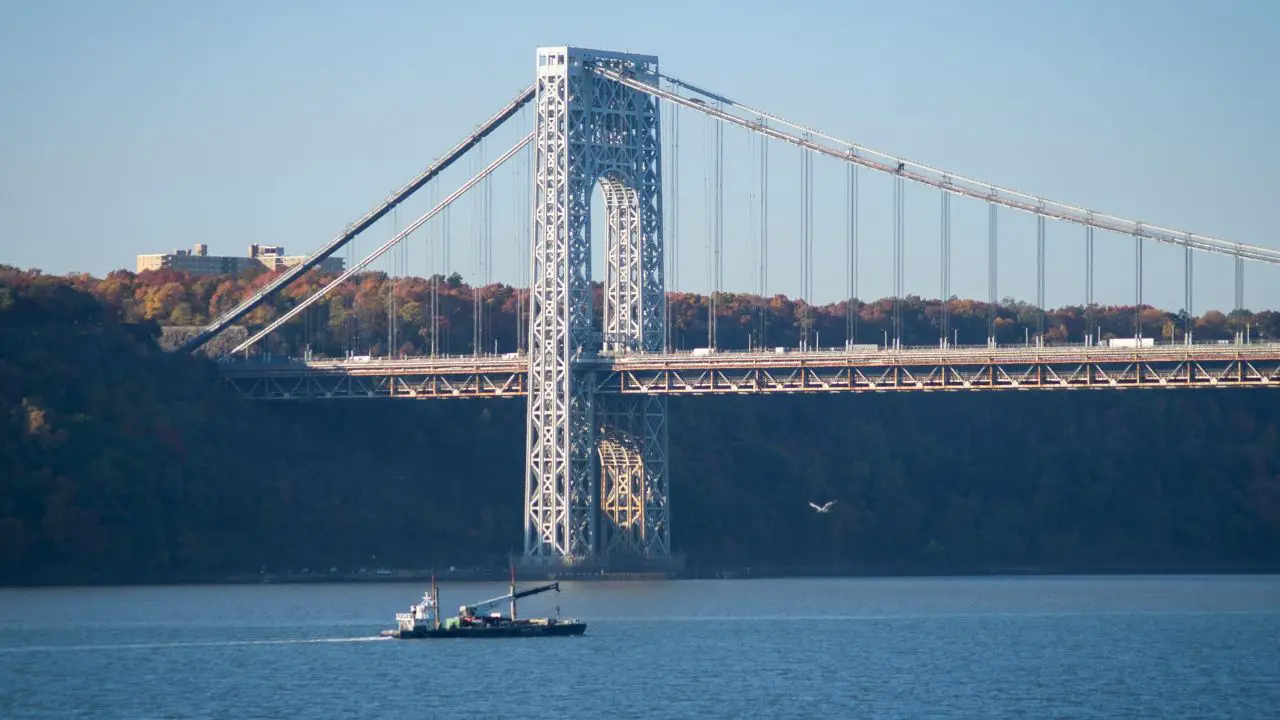Tragedy on the Hudson: Boat Explosion Claims Life of Veteran Worker Amid Rising Waterway Incidents


New York City, NY – On the morning of May 24, 2025, a devastating explosion aboard a city-owned boat on the Hudson River claimed the life of a 59-year-old Department of Environmental Protection (DEP) worker and injured two others. The incident, which occurred at approximately 10:30 a.m. near the North River Wastewater Treatment Plant, has cast a somber shadow over the city’s waterways, already reeling from a series of high-profile accidents in recent weeks. As investigations unfold, this tragedy underscores the inherent dangers of working in confined industrial spaces and raises broader questions about safety protocols on the Hudson River during a time of heightened activity.
The deceased, a 33-year veteran of the DEP, was performing maintenance on the Hunts Point vessel, which is used to transport raw sewage. According to the New York City Fire Department (FDNY), the explosion originated in one of the boat’s hulls, likely triggered by “hot work”—a term for welding or cutting operations that can ignite flammable gases in confined spaces. The blast was so powerful that it threw the worker between the vessel and a dock, pinning him in a fatal position. FDNY Deputy Assistant Chief David Simms, speaking at an on-scene news conference, described the harrowing circumstances, noting that the worker “didn’t stand a chance” given the force of the explosion and the precarious position it left him in. Authorities have not released the worker’s name, pending notification of his family.
Two other DEP employees sustained injuries in the explosion. One was hospitalized with injuries whose severity remains unclear, while the other refused medical treatment at the scene. Hazmat crews were deployed to decontaminate the barge, as raw sewage had spilled onto the deck, and to assess methane levels—a potential factor in the explosion. Firefighters who responded to the incident also required decontamination due to exposure to hazardous materials, highlighting the dangerous conditions at the site.
New York City Mayor Eric Adams expressed his condolences in a statement, saying, “Our hearts go out to the family, friends, and colleagues of the worker we lost today. This is a painful reminder of the risks our city workers face to keep New York running.” The DEP has promised a full investigation into the incident, with early speculation pointing to the accumulation of flammable gases in the confined space of the boat’s hull. According to OSHA guidelines, confined spaces—like those on industrial vessels—pose significant risks due to the potential for oxygen displacement, flammable atmospheres, and toxic gas buildup. Welding in such environments can easily ignite gases like methane, a byproduct of sewage, if proper ventilation and safety measures are not strictly followed.
This explosion marks the latest in a troubling string of incidents on the Hudson River. Just one week earlier, on May 17, a Mexican Navy sailboat crashed into the Brooklyn Bridge, killing two people and injuring 19 others. That accident, which occurred during preparations for Fleet Week (May 23-26), prompted a vigil among NYC’s Mexican community and raised concerns about maritime safety during the annual event, which draws large crowds and increased vessel traffic. In April, a helicopter crash near the Holland Tunnel claimed the lives of six people, including a family from Spain and the pilot, further underscoring the risks of the busy waterway.
The timing of this latest tragedy, during Fleet Week, has amplified calls for stricter safety regulations on the Hudson. Fleet Week, a celebration of naval tradition, brings an influx of ships, tourists, and events to the area, often straining local resources. Some experts argue that the heightened activity may contribute to oversight lapses, while others point to the inherent dangers of industrial work in such environments. The FDNY and DEP are working with OSHA to determine the exact cause of the explosion, but for now, the city mourns the loss of a dedicated worker and grapples with the urgent need for improved safety measures on its waterways.
As investigations continue, this tragedy serves as a stark reminder of the sacrifices made by essential workers and the critical importance of rigorous safety protocols in high-risk environments. For the family of the fallen DEP worker, and for New Yorkers at large, the hope is that lessons learned from this disaster will prevent future loss of life on the Hudson River.






